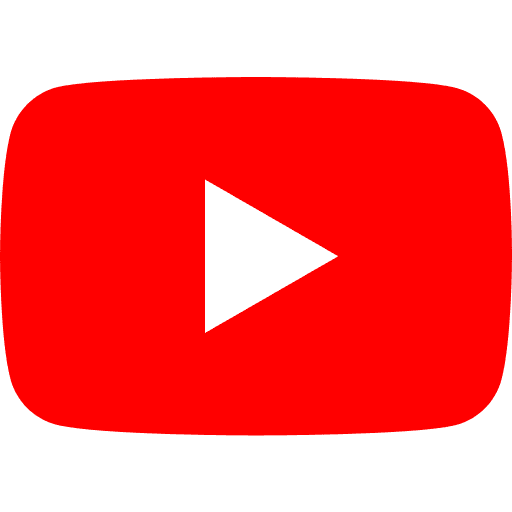Main Services
Additional Services
Sales & Installation, Landscape Design, Artificial Turf Products, Golfscapes & Putting Greens
Brands
Challenger Turf , Controlled Products , FieldTurf , Shawgrass , The Artificial Grass Co. , Realturf
Coverage Areas
The Greater Bay Area
Rated Highest in Quality and Helpful Expertise PERFORMANCE GUARANTEED
- Quick Connect
- (408) 372-7973
